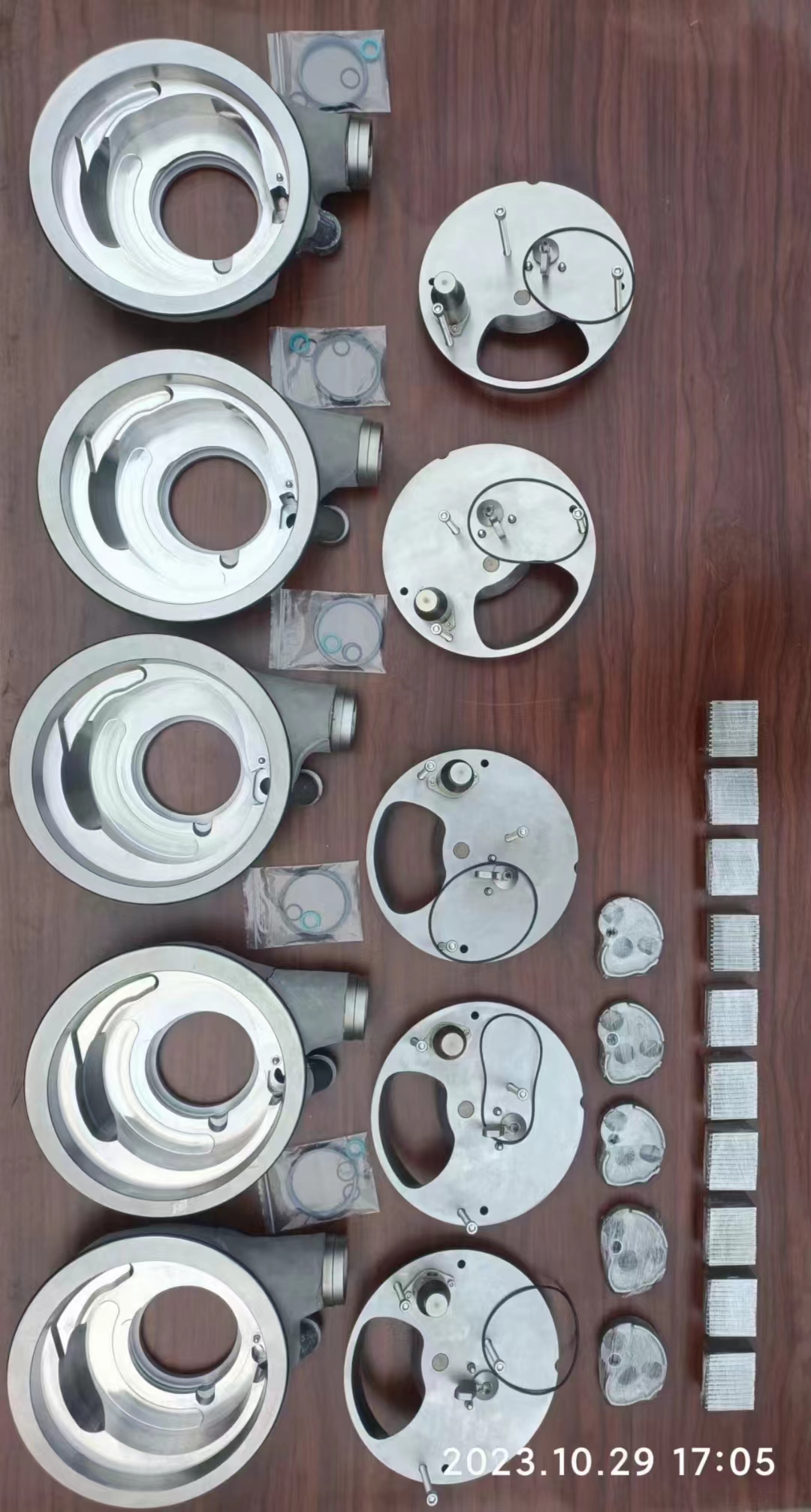
Aug . 13, 2024 23:11 Back to list
Exploring the Best Methods for Making Tough Meat Tender and Flavorsome at Home
Understanding Meat Tenderizers The Key to Juicy and Flavorful Dishes
When it comes to cooking meat, tenderness and flavor are paramount. Unfortunately, not all cuts of meat are created equal; some can be tough and chewy, making a meal less enjoyable. This is where meat tenderizers come into play. Meat tenderizers are substances or tools designed to break down the protein fibers in tougher cuts of meat, resulting in a more palatable dining experience.
What Are Meat Tenderizers?
Meat tenderizers can be broadly categorized into two types chemical tenderizers and mechanical tenderizers.
1. Chemical Tenderizers These are often enzymatic powders that contain natural enzymes, primarily papain from papayas or bromelain from pineapples. When these enzymes come into contact with meat proteins, they break down the peptide bonds that hold the protein structure together. This process not only makes the meat softer but also helps to enhance its flavor by allowing marinades and other spices to penetrate deeper into the meat.
2. Mechanical Tenderizers These tools include meat mallets, needles, or even specialized machines that physically break down the muscle fibers. By pounding or piercing the meat, these methods create small breaks in the fibers, making them less dense and easier to chew. This approach also allows marinades or seasonings to be absorbed more effectively, penetrating the meat beyond the surface.
How to Use Meat Tenderizers
meat tenderizers

Using meat tenderizers can make a marked difference in the quality of your dishes. For chemical tenderizers, sprinkle the desired amount on the meat and allow it to sit for a specific time, usually around 30 minutes to a few hours, depending on the thickness of the cut. It’s important not to leave it for too long, as over-tenderizing can lead to a mushy texture.
When using mechanical tenderizers, the process is typically straightforward. For example, a meat mallet can be used to pound the meat to an even thickness, which not only tenderizes but also promotes even cooking. If using a meat fork or needle, ensure to press it evenly over the surface of the meat.
The Benefits of Tenderizing Meat
The benefits of using meat tenderizers extend beyond improving texture. Tenderized meat cooks more evenly, reducing the chances of dry or overcooked spots. Additionally, tenderizing can enhance the overall flavor profile of the dish. When marinades can penetrate deeper into the meat, they add layers of flavor that would otherwise be confined to the surface.
Furthermore, the use of tenderizers can be economical. Tough cuts of meat, which are often less expensive, can become just as enjoyable as premium cuts when treated correctly. This opens the door to a wider range of cooking possibilities, allowing home cooks to explore various recipes without breaking the bank.
Conclusion
In summary, meat tenderizers are valuable tools in the kitchen that enhance the quality of meat dishes. Whether you opt for chemical or mechanical methods, tenderizing meat is an excellent way to improve texture and flavor. If you haven’t yet integrated meat tenderizers into your cooking routine, consider giving it a try. Experiment with different cuts of meat and tenderization methods; you might be surprised at how much difference it can make in your home-cooked meals. With tender meat, your culinary creations will rise to new heights, delighting family and friends alike with each delicious bite.